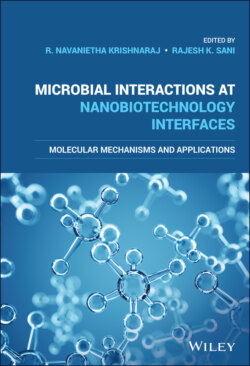Читать книгу Microbial Interactions at Nanobiotechnology Interfaces - Группа авторов - Страница 15
1.3 Classification of NMs
ОглавлениеIn nature, NMs are built by nanoscale or submicron‐sized blocks that exhibit size‐dependent effects. Over the last two decades, a number of NMs or nanostructured materials have been developed and a lot of new developments are underway. The abundant increase in the number of NMs has set forth the need for the classification of these materials. An understanding of the classification would give insight into the interaction of NMs with various surfaces and resultant functionality of the NMs. The first classification of NMs was given by Gleiter (2000) in which the materials were classified on the basis of crystalline forms and chemical compositions. The scheme subdivided the materials into three classes where each class has four kinds of materials (Gleiter, 2000). However, the list of Gleiter was not considered complete as it failed to take account of 0D and 1D NMs such as fullerenes and nanotubes into the classification.
Table 1.1 Various approaches for NM synthesis (Ealias & Saravanakumar, 2017).
| S. No | Category | Method | NMs |
|---|---|---|---|
| 1 | Bottom‐up | Sol–gel | Metal and metal oxide and carbon NMs |
| Spinning | Organic polymers | ||
| Chemical vapor deposition | Carbon and metal NMs | ||
| Pyrolysis | Metal oxide and carbon NMs | ||
| Biosynthesis | Metal and organic polymer NMs | ||
| 2 | Top‐down | Mechanical milling | Metal, metal oxide, and polymeric NMs |
| Nanolithography | Metal NMs | ||
| Laser ablation | Carbon and metal oxide NMs | ||
| Sputtering | Metal NMs | ||
| Thermal decomposition | Metal oxide and carbon NMs |
